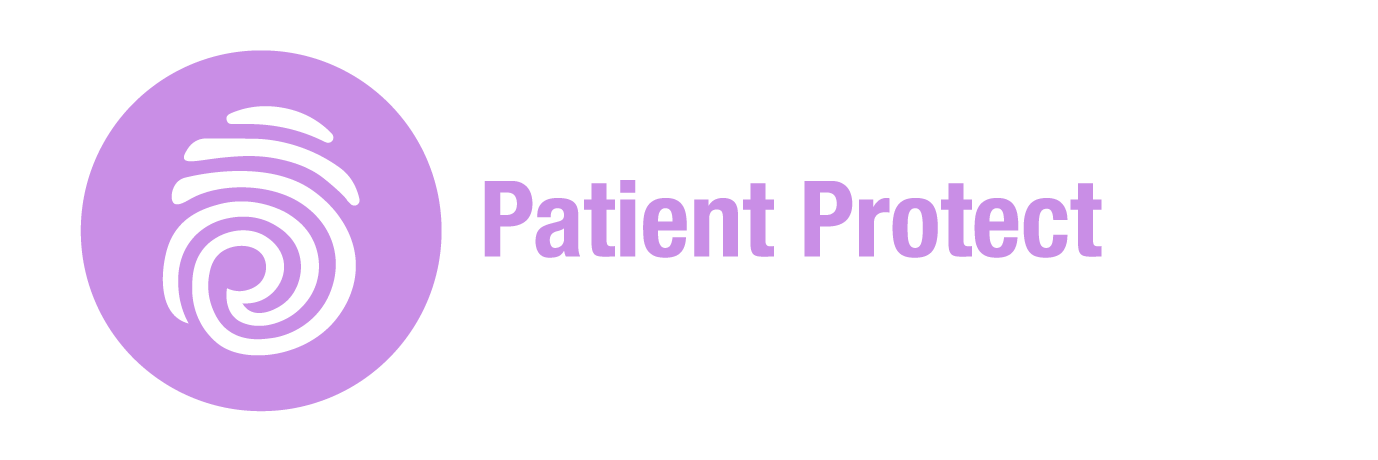What Healthcare Providers Can Learn from the Change Healthcare Cyberattack
- Patient Protect Editorial Team

- Mar 27, 2024
- 3 min read
Updated: Apr 26
The biggest cyberattack in U.S. healthcare history didn’t start with a solo provider — but it’s impacting them the most.
In February 2024, Change Healthcare, a major medical billing and data clearinghouse owned by UnitedHealth Group, suffered a massive ransomware attack that disrupted healthcare payments nationwide. Clinics couldn’t get paid. Pharmacies couldn’t fill prescriptions. Patient data was exposed. And most painfully, small and independent providers were left scrambling without a plan.
If you’re a solo practitioner, small clinic, or covered entity handling ePHI — this wasn’t just their problem. It’s a glimpse into how cyber risk flows downstream. And it’s time to take a hard look at how prepared you are.

What Happened: The Breach That Broke the System
In February 2024, Change Healthcare was hit with ransomware by a cybercriminal group known as ALPHV/BlackCat.
Hackers infiltrated their systems, encrypted massive volumes of healthcare data, and reportedly stole terabytes of sensitive PHI.
Payment systems for over 100,000 providers were paralyzed. Some practices couldn’t process claims for weeks.
In March, the FBI confirmed Change had paid a ransom (rumored to be over $20 million).
By April, a second ransom was reportedly demanded by a splinter group — raising questions about ongoing vulnerabilities.
If this can happen to a multibillion-dollar company with hundreds of engineers... imagine how exposed small practices are without dedicated security resources.
3 Key Lessons for Small Healthcare Providers
1. Your Vendors Are Your Risk
You can outsource services — but you can’t outsource accountability. If a billing vendor or EHR partner gets breached, you’re still on the hook for HIPAA compliance.
What to do: Patient Protect helps you track all Business Associate Agreements (BAAs) and continuously monitor vendor risk, so you're never blindsided by third-party exposure.
2. You Must Have a Security-First Compliance Strategy
The Change breach wasn’t caused by a missing policy — it was a technical and process failure. Too often, providers treat HIPAA as paperwork. That’s not enough anymore.
What to do: With Patient Protect, you go beyond checkboxes. Our platform combines real-time risk assessments, actionable alerts, and secure document management to keep you audit-ready and breach-aware.
3. Downtime and Data Loss Are Inevitable Without a Plan
Many small practices affected by the Change outage had no continuity plan, no way to reach patients, and no secure backups in place.
What to do: Patient Protect includes customizable incident response templates and a built-in disaster recovery plan builder, so you’re prepared before a crisis hits.
Security Starts Small — And So Do Breaches
It’s tempting to think, “We’re too small to be a target.” But in 2025, the data says otherwise:
43% of healthcare breaches last year involved practices with fewer than 25 employees.
OCR has increased audit frequency for small providers and solo practitioners.
And ransomware groups now use automated scanning tools to find vulnerable clinics — they don’t need to target you by name.
You don’t need to be famous to be breached — you just need to be unprepared.
How Patient Protect Keeps You Ahead of Attacks
Whether you're a solo provider or a growing clinic, Patient Protect gives you the tools, alerts, and templates to stay compliant and secure without the overwhelm.
Security-focused HIPAA assessments
Easy BAA tracking & breach response tools
Real-time compliance alerts
Custom policies & procedures that evolve with regulations
Designed for small healthcare teams — no IT staff needed
Want to Know If You’re at Risk?
Take 5 minutes and find out where your biggest vulnerabilities are.
You can’t stop every breach — but you can control how prepared you are.
With Patient Protect, small practices can finally stop worrying and start defending. Join the security-first movement in healthcare.

